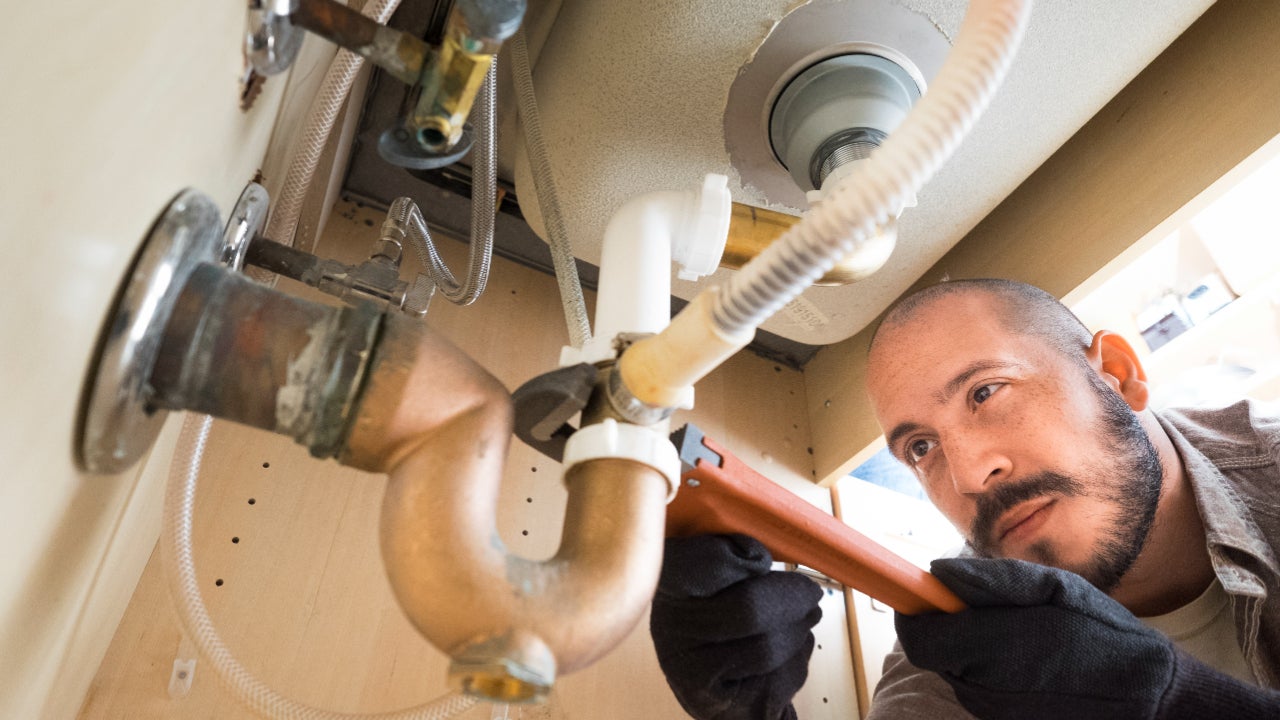How to get student loan help: Organizations to look into

Key takeaways
- Many national organizations exist that can help you manage student loan debt.
- You can take other steps to get help, such as contacting your lender or enrolling in an income-driven repayment plan.
- Before seeking help, do your research about the organization to avoid debt relief scams.
With the fate of student loan forgiveness up in the air and federal student loan payments set to restart soon, many Americans are worried about making monthly student loan payments after the three-year payment pause. The Department of Education has predicted a historically high increase in student loan defaults if Biden’s student loan forgiveness program does not go through.
Defaulting on student loans can do serious damage to your credit and finances. If you are worried about affording your student loan payments once payments restart, or if you have a private student loan you’re having trouble keeping up with, explore these options to get things back on track.
Organizations that help with student loan debt
If you have federal student debt, you should always look into options available at studentaid.gov first. However, if you have private loans or need additional resources, many national organizations offer student loan help; Sometimes for free and sometimes for a fee. Here are some of the most popular options and what they specialize in:
- American Consumer Credit Counseling (ACCC): Loan consolidation, loan cancellation, applying for deferment or forbearance, choosing a repayment plan.
- The Institute of Student Loan Advisors (TISLA): Loan forgiveness, default, repayment plan options, servicer disputes.
- National Association of Consumer Advocates (NACA): Finding an attorney.
- National Consumer Law Center (NCLC): Loan forgiveness, repayment plans, challenging collection attempts, loan consolidation, loan rehabilitation.
- National Foundation for Credit Counseling (NFCC): Repayment options, debt payoff plans.
Sometimes local nonprofits also offer student loan help. To find these, Google “student loan help near me.” A national nonprofit may also be able to connect you with a local organization.
If you’re still coming up short, search for student loan advisors or attorneys in your area. They often charge a hefty fee, but they may be able to direct you to organizations offering free or inexpensive assistance. Paying a one-time fee is worth the money if it helps you avoid the financial consequences of defaulting on your loans.
Other ways to get help paying student loans
Sometimes you need more than just a little help with your student loans. These strategies can work well under those circumstances:
- Contact your loan servicer. If you have questions or concerns about a federal student loan, it is best to reach out to your student loan servicer before the payment pause ends to avoid long wait times. If you’re on the verge of being late with a private student loan payment, reach out to your student loan servicer and explain the situation. Sometimes servicers will offer hardship programs to help you get back on track. The sooner you reach out, the more options you’re likely to have.
- Apply for deferment or forbearance. Both deferment and forbearance temporarily pause your student loan payments without negatively impacting your standing. Some private student loan companies offer forbearance options, but the length varies by lender.
- Look into income-driven repayment plans. Federal income-driven repayment plans base your monthly payment on a percentage of your discretionary income and household size. These plans are available only for federal student loans. The Department of Education offers four income-driven repayment plans. As of August 2024, only the SAVE Plan and IBR Plan are accepting new enrollments.
- Refinance your loans. Refinancing a student loan is when you take out a new, private student loan that pays off all of your other loans, then make one payment on your new loan. Refinancing federal student loans is generally discouraged because you’ll lose all federal benefits if you refinance federal student loans. For those with private student loans, however, refinancing can help you get a lower monthly payment by securing either a lower interest rate or a longer repayment term.
- Explore debt relief or settlement. If you’re significantly behind on student loan payments and have exhausted all other options, you can explore debt settlement. This is when a for-profit debt relief company settles your debt for less than you owe. It’s a dangerous option since companies typically have you stop making any payments on your outstanding debt. Instead, you’ll put money into an escrow-like account every month that goes toward the debt relief company. Your student loan servicer has no obligation to settle your debt for less than you owe, and working with a debt settlement company is not a guarantee that your student loan debt will be settled. Your credit score will also be heavily impacted by settling your debt, which could make it harder to qualify for a mortgage or other major loans.
How to spot student loan relief scams
There are plenty of companies that pretend to offer student loan assistance, but instead of paying your student loan servicer, they take your money and keep it for themselves. Stay out of trouble by spotting student loan relief scams with these strategies:
- Check to see if it’s legit. Your state’s attorney general will have consumer complaints on file about companies that offer debt settlement. If the company information doesn’t show up at all, that could be another red flag.
- Ask about hidden costs or fees. Real debt relief companies will disclose all of the costs and fees associated with the proposed program you’re interested in. If you don’t receive the fee disclosure, you may wind up with surprise charges. If a company charges a fee before any relief or settlement has been implemented, it might not be a legit debt settlement company.
- Look out for empty promises. If a company tells you about “new government programs” or guarantees relief of any kind, it may not be offering a real service. Settlement is never guaranteed, and you shouldn’t expect it as the norm.
Why we ask for feedback Your feedback helps us improve our content and services. It takes less than a minute to complete.
Your responses are anonymous and will only be used for improving our website.
You may also like

What are instant loans? Everything you need to know

What are the requirements for private student loans?

How college students can get emergency financial aid



